Drone racing an ambulance shows how drones could speed up medical care.
Get the latest international news and world events from around the world.
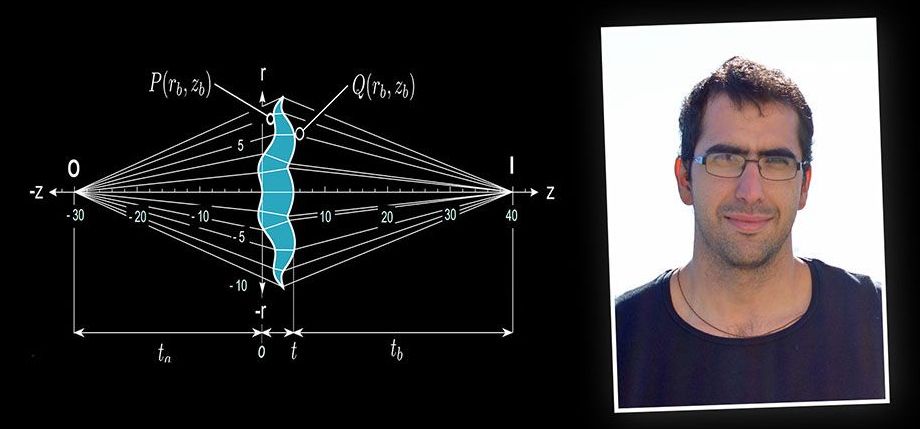
Smaller, cheaper, sharper lenses should be possible as Mexican scientist solves aberration problem
One of the oldest problems in optics has been solved. Rafael Gonzalez from Mexico’s Tecnologico de Monterrey has come up with an almost comically dense equation that can be used to almost completely eliminate spherical aberration in optical lenses, and the effects could be widespread.
Camera lenses are insanely complex and extraordinarily precise devices, and one of the reasons for this is spherical aberration. This is distinct from chromatic aberration, or color fringing, which you get when a lens is unable to focus light from all parts of the visual color spectrum together. Spherical aberration is what causes some lenses to be sharp in the middle, but blurrier toward the outside edges.
Lens manufacturers have for years been building aspherical lenses to try to counteract this effect, modifying the sphere shape slightly to try to sharpen up the whole image. By and large, many have done a great job, as evidenced by the general optical sharpness of today’s lenses. But rather than working to a precise mathematical formula that works to correct all spherical lens aberration, lens companies have had to work on each lens as a separate problem, finding solutions that worked, more or less, but forcing them to start over each time.
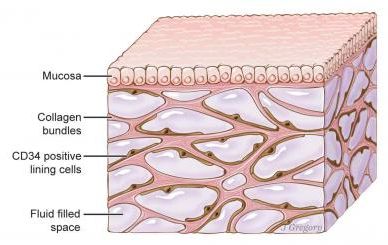
Newfound ‘organ’ had been missed
Researchers have identified a previously unknown feature of human anatomy with implications for the function of all organs, most tissues and the mechanisms of most major diseases.
Published March 27 in Scientific Reports, a new study co-led by an NYU School of Medicine pathologist reveals that layers of the body long thought to be dense, connective tissues — below the skin’s surface, lining the digestive tract, lungs and urinary systems, and surrounding arteries, veins, and the fascia between muscles — are instead interconnected, fluid-filled compartments.
This series of spaces, supported by a meshwork of strong (collagen) and flexible (elastin) connective tissue proteins, may act like shock absorbers that keep tissues from tearing as organs, muscles, and vessels squeeze, pump, and pulse as part of daily function.
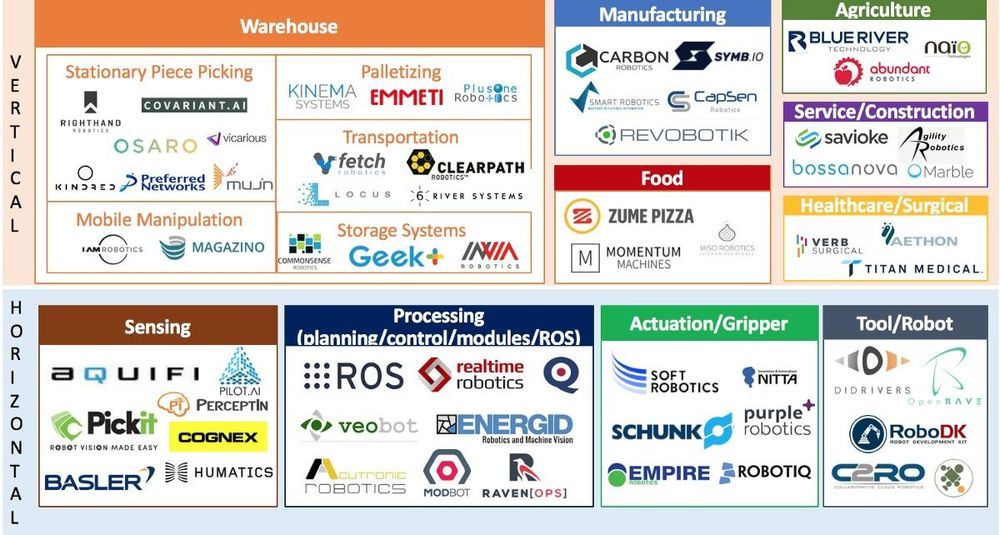
Redefining Robots: Demystify Next Generation AI-Enabled Robotics
When speaking about robots, people tend to imagine a wide range of different machines: Pepper, a social robot from Softbank; Atlas, a humanoid that can do backflip made by Boston Dynamics; the cyborg assassin from the Terminator movies; and the lifelike figures that populate the television series — West World. People who are not familiar with the industry tend to hold polarized views. Either they have unrealistically high estimations of robots’ ability to mimic human-level intelligence or they underestimate the potential of new researches and technologies.
Over the past year, my friends in the venture, tech, and startup scenes have asked me what’s “actually” going on in deep reinforcement learning and robotics. The wonder: how are AI-enabled robots different from traditional ones? Do they have the potential to revolutionize various industries? What are their capabilities and limitations? These questions tell me how surprisingly challenging it can be to understand the current technological progress and industry landscape, let alone make predictions for the future. I am writing this article with a humble attempt to demystify AI, in particular, and deep reinforcement learning enabled robotics, topics that we hear a lot about but understand superficially or not at all. To begin, I’ll answer a basic question: what are AI-enabled robots and what makes them unique?

Cheap combo pill cuts heart, stroke risks, study finds
LONDON (AP) — A cheap daily pill that combines four drugs cut the risk of heart attacks, strokes and heart failure in a large study, suggesting it could be a good way to help prevent heart problems especially in poor countries.
The pills contained two blood pressure drugs, a cholesterol medicine and aspirin. Many people can’t afford or don’t stick with taking so many medicines separately, so doctors think a polypill might help. A previous study testing one in India found it lowered cholesterol and blood pressure. The new study is much larger and gives stronger evidence because it tracked heart attacks, strokes and other problems — not just risk factors.
It involved about 6,800 people in Iran, ages 50–75, some with previous heart problems and others without them. All got advice on healthy lifestyles and half also were given polypills. After five years, 6% of those in the pill group had suffered a heart attack, stroke or heart failure versus 9% of the others. That worked out to a 34% lower risk with the polypill, and a 22% lower risk after researchers took into account other heart drugs that participants were taking.
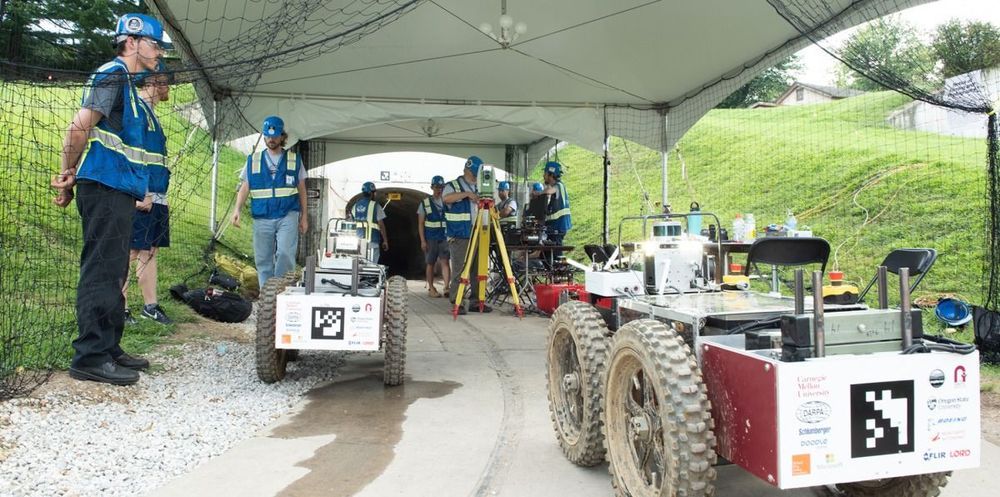
Carnegie Mellon and Oregon State team wins first leg of DARPA Subterranean Challenge robot competition
The U.S. Defense Advanced Research Projects Agency (DARPA) kicked off the Subterranean Challenge in December 2017, with the goal of equipping future warfighters and first responders with tools to rapidly map, navigate, and search hazardous underground environments. The final winner of the four-event competition won’t be selected until 2021, but Team Explorer from Carnegie Mellon University and Oregon State University managed to best rivals for the initial prize.
On four occasions during the eight-day Tunnel Circuit event, which concluded today, each team deployed multiple robots into National Institute for Occupational Safety and Health research mines in South Park Township, Pennsylvania, tasked with autonomously navigating mud and water and communicating with each other and a base station for an hour at a time as they searched for objects. Team Explorer’s roughly 30 university faculty, students, and staff members leveraged two ground robots and two drones to find 25 artifacts in its two best runs (14 more than any other team), managing to identify and locate a backpack within 20 centimeters of its actual position.
“Mobility was a big advantage for us,” said team co-leader Sebastian Scherer, associate research professor in Carnegie Mellon’s Robotics Institute, in a statement. “The testing [prior to the event, at Tour-Ed Mine in Tarentum, Pennsylvania] was brutal at the end, but it paid off in the end. We were prepared for this … We had big wheels and lots of power, and autonomy that just wouldn’t quit.”
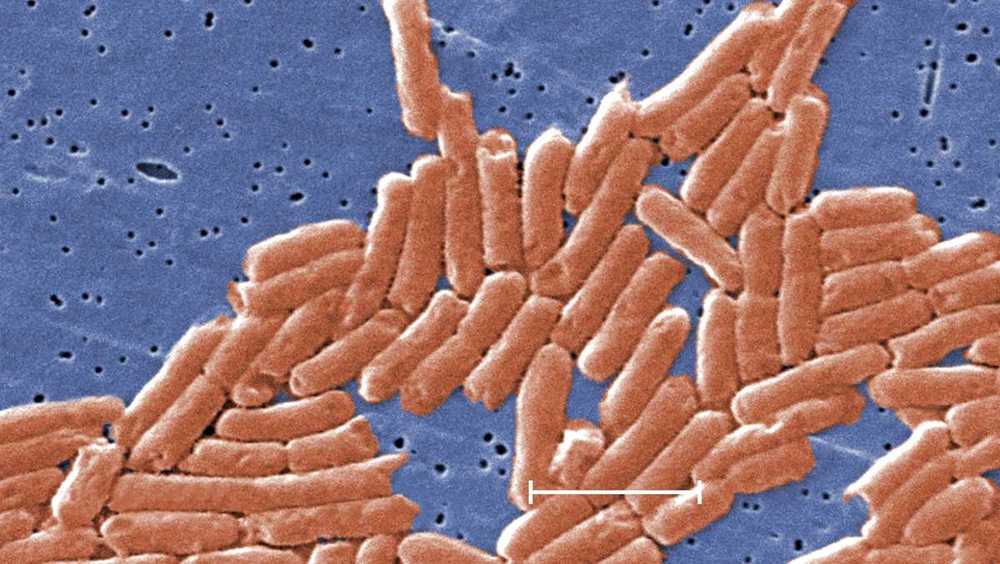
CDC sounds alarm over deadly, drug-resistant salmonella
A deadly strain of salmonella that has sickened more than 250 people may not respond to the antibiotics commonly prescribed to treat the foodborne infection, according to the U.S. Centers for Disease Control and Prevention.
In its Morbidity and Mortality Weekly Report published Thursday, the CDC said that from June 2018 to March 2019, 255 people in 32 states were infected with the strain, with 60 being hospitalized and two dying from the infection.
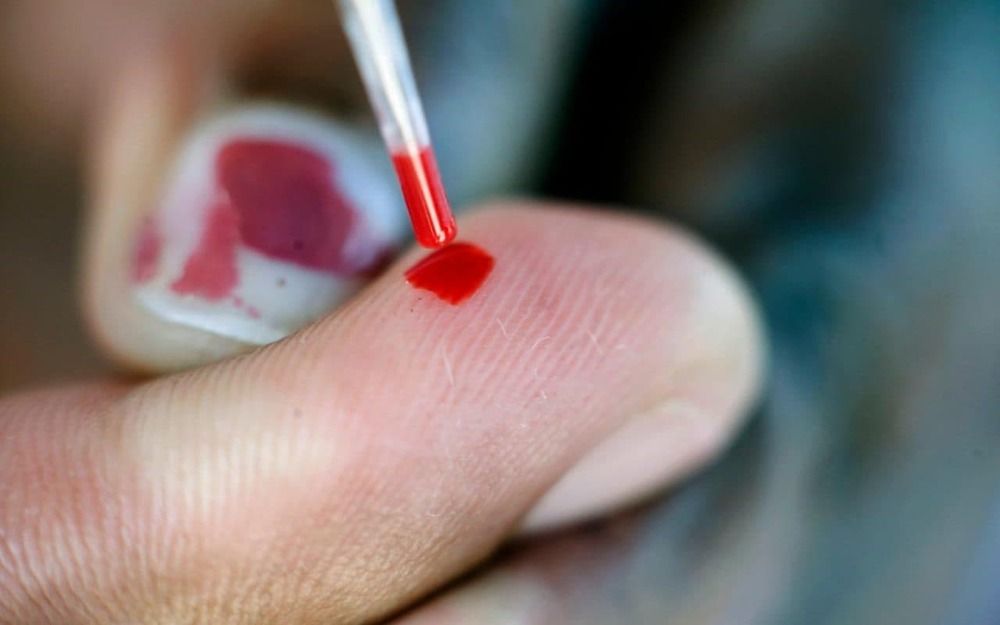
Blood test can detect ovarian cancer two years earlier
A blood test which can detect ovarian cancer two years earlier than current methods could be used to screen women, scientists hope.
Researchers from Queen’s University Belfast have found that measuring four proteins together can pick up cancer early, when nine in 10 women will survive.
Ovarian cancer is one of the deadliest because symptoms are vague or absent so it is often not diagnosed until later stages, when the chance of surviving for five years is just 22 per cent.
The Bentley From The Year 2035!
I always wondered what the future of cars would look like, and now Bentley has given me a nice perspective.
This is the Bentley EXP100GT. It is one of the stand out cars from Pebble Beach this year! Come with me as I take you through the features and what their vision is for the next 100 years. This is also where you get to see the car drive autonomously!
Follow me on:
https://www.instagram.com/supercarblondie
https://www.facebook.com/supercarblondie
Tweets by supercarblondie
https://www.supercarblondie.com
https://shop.supercarblondie.com
Music by:
Coming Home by Elad Marish vs. Marshall W.
New song about life extension: Philosophic Warfare
A new song from activists of the movement for indefinite life extension is out, from the album Faultline Shift.
The song is called Philosophic Warfare. It is a contemplation of the dismal reality of being trapped by death and what it all means followed by a change to affirmation of beating it.
It is true, we are always on the climb. Having kicked the grim reaper off its mountain, it is now itself on the defense, struggling to match our force.